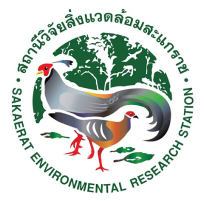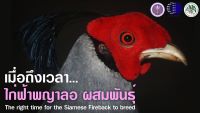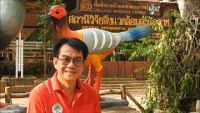บทคัดย่อ :
Asexual reproduction: Colonies are whitish, cream, pale pink, brownish-yellow (ochre), brownish or grayish-red. True hyphae and/or pseudohyphae may be present. Hyphal septa attenuate toward a central pore (i.e., "simple" pore). Clamp connections are absent, but present in the dikaryophase of Mastigobasidium. Yeast cells are ellipsoidal, ovoid or elongate. Budding is usually polar, with buds sessile or on short denticles, enteroblastic and with percurrent or sympodial proliferation. Ballistoconidia are bilaterally symmetrical, straight or curved, apiculate, ellipsoidal, ovoid, amygdaliform, falcate, allantoid or reniform. Sexual reproduction: Basidiocarps are absent. Species may be heterothallic. Conjugation of compatible mating types of Bensingtonia intermedia results in the formation of a teleomorphic stage, which is classified in the genus Mastigobasidium (Golubev 1999, see Chapter 121). Physiology/biochemistry: Fermentation is absent. D-Glucuronate and nitrate may be assimilated, myo-inositol is not assimilated. Diazonium blue B and urease reactions are positive. Xylose is absent in whole-cell hydrolysates. The major coenzyme Q is CoQ-9. Phylogenetic placement: The genus is polyphyletic. Most species cluster in Agaricostilbales, Agaricostilbomycetes, Pucciniomycotina. Mastigobasidium (Bensingtonia) intermedium and B. yamatoana belong to the Leucosporidiales, Microbotryomycetes, Pucciniomycotina (Hibbett et al. 2007)
เอกสารอ้างอิง :
Nakase, T., Bai, F. Y., & Boekhout, T. (2011). Bensingtonia Ingold emend. Nakase & Boekhout (1986). In The Yeasts (pp. 1607-1622). Elsevier.



